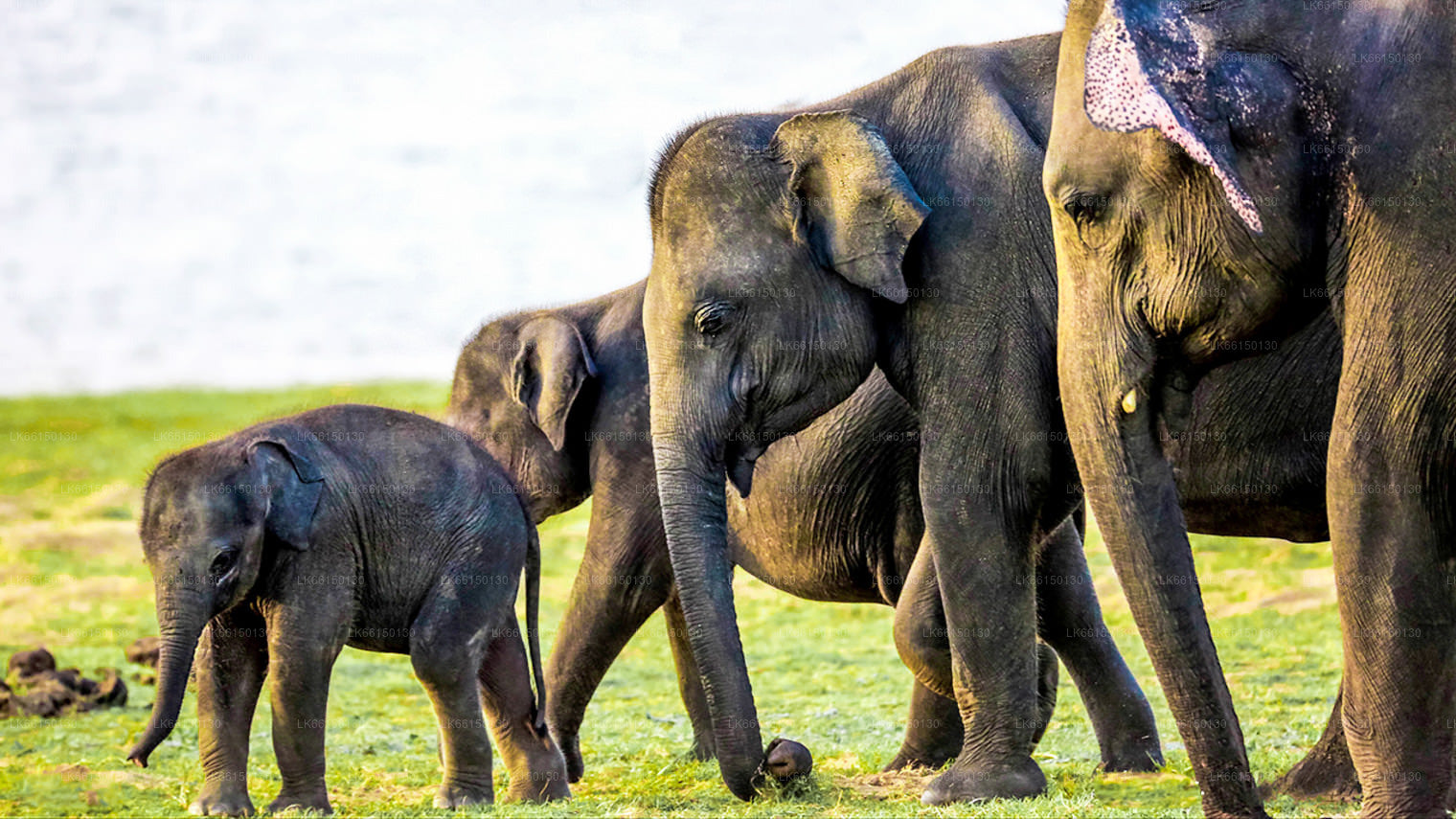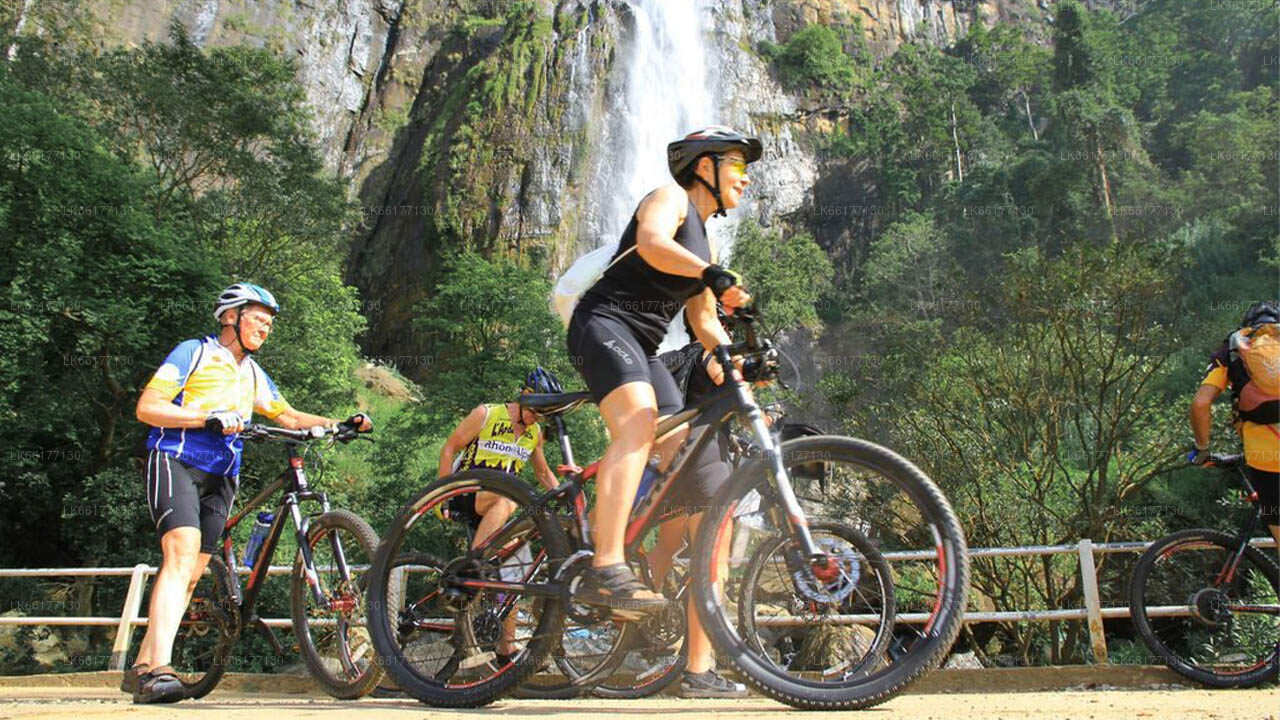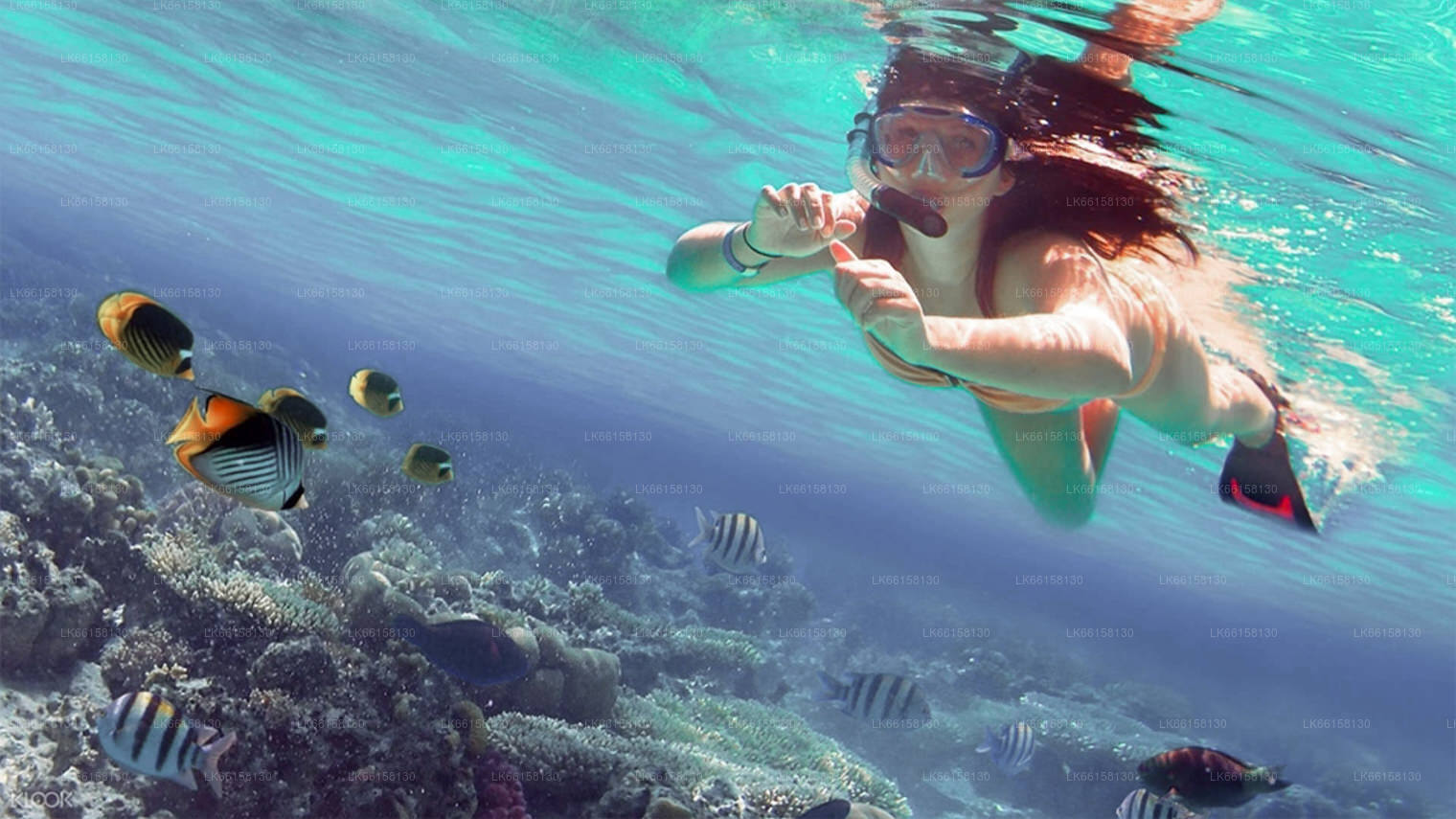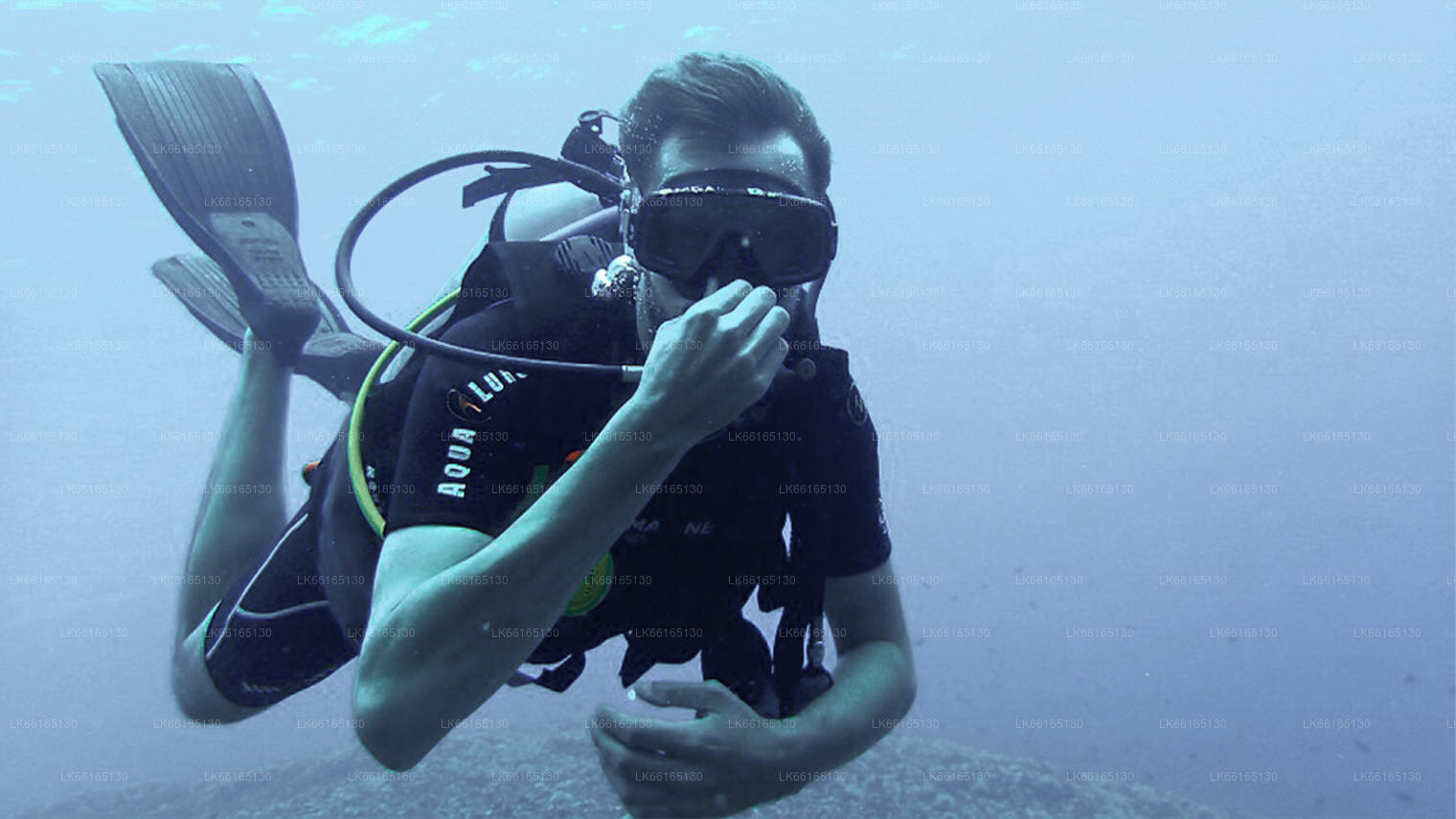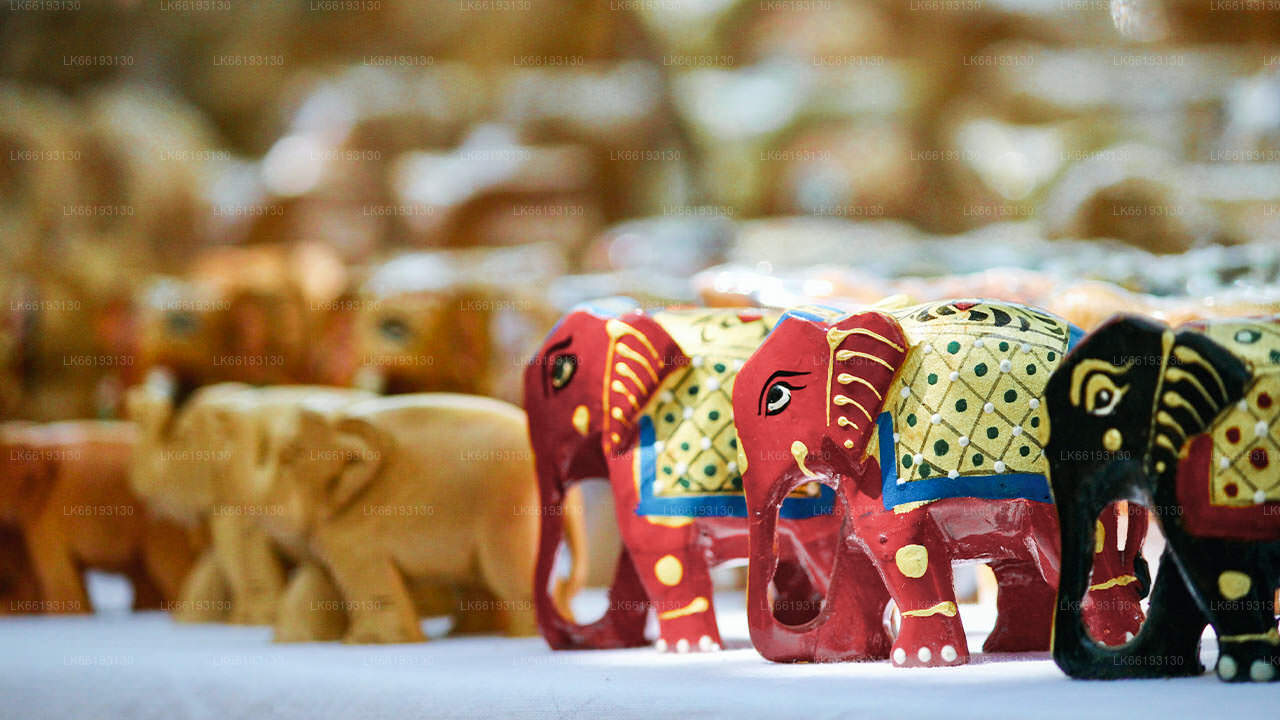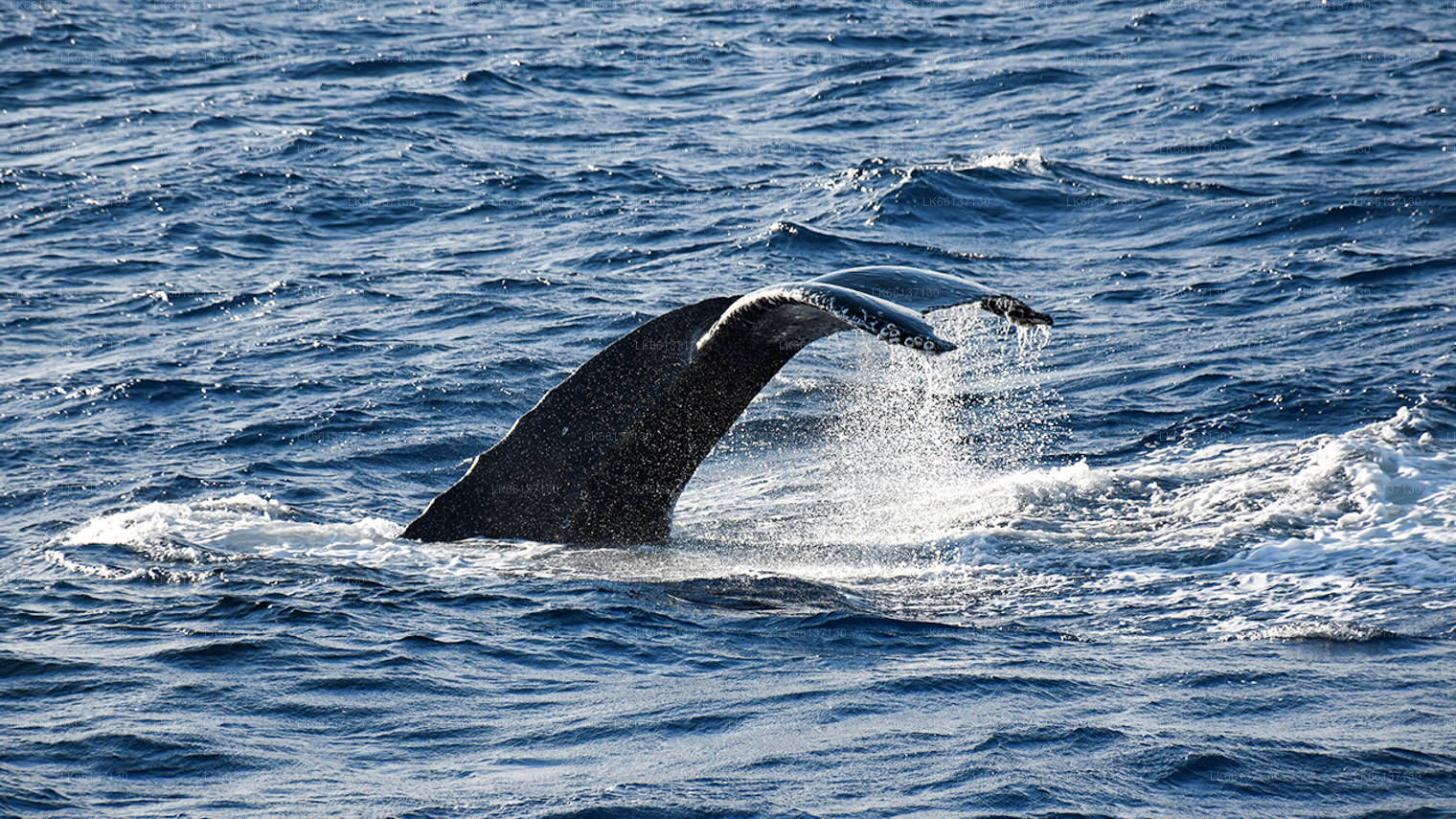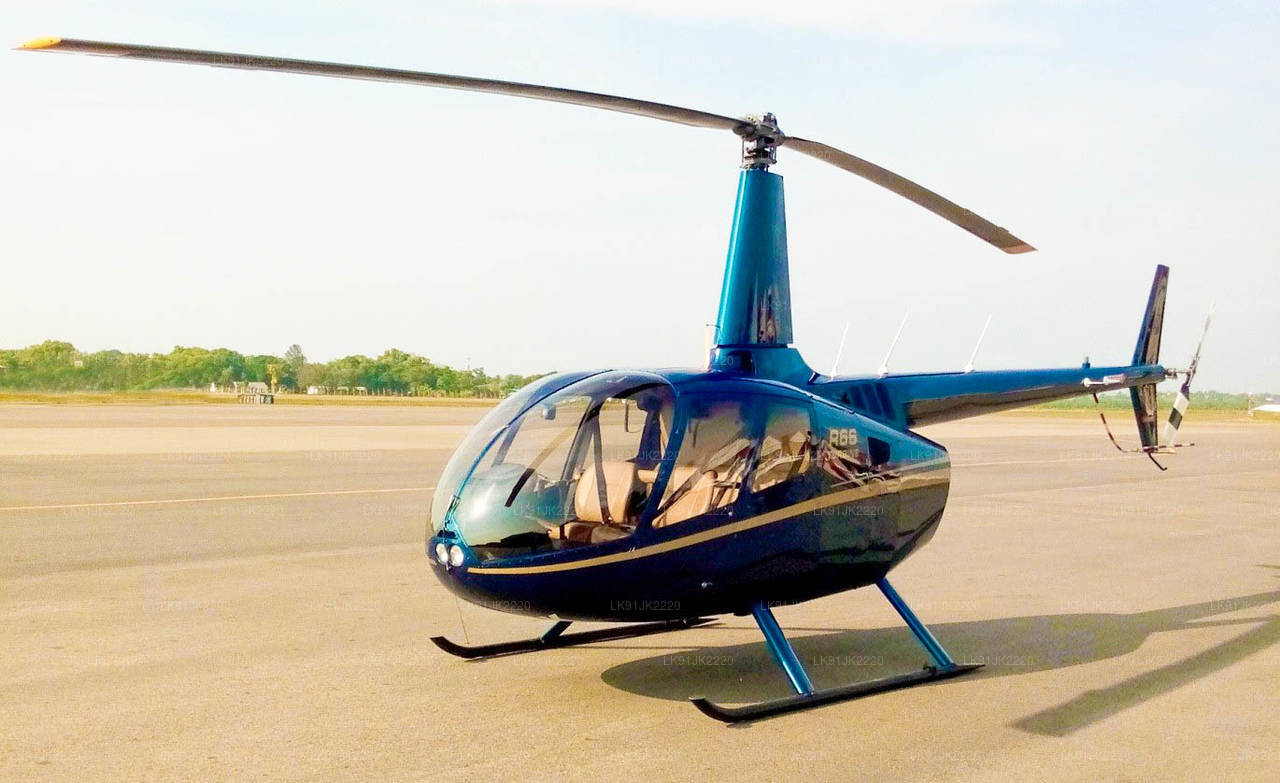
Bentota City
Bentota, a tropical paradise on Sri Lanka's southwest coast, invites you to unwind in its pristine beauty. Discover golden beaches, enjoy water sports on the Bentota River, and visit the vibrant Bentota Bazaar. Luxurious resorts, rich cultural experiences, and scenic landscapes make it an ideal coastal retreat.
Galapatha Raja Maha Viharaya
Many of the rivers flowing through our country have been named in Pali, as mentioned in our chronicles such as the Mahavamsa, and Culavamsa. Among them is the Bentota Benthara river flowing through the deep south. About 38 miles away from the Colombo-Galle-Matara highway, this river is named in Culavamsa (Part 1) as Bhimathitha. It is derived from the Pali word ‘Bhima’, which means fearful/dreadful, while ‘thitha’ means ferry/port. Legend has it that the river is said to be haunted by a demon lying in its murky depths, ready to prey upon anyone crossing. Old timers living along the banks of this river have recalled how their ancestors, before they crossed the river, invoked the blessings of the guardian deities such as Kataragama and Vishnu for a safe crossing. Close to this Bentota river lies an ancient temple named Benthara Galapatha Raja Maha Vihara. Associated with this river, this temple is also aptly named Bhimathitha Vihara.
Carvings in stone
The pathway leading to this temple goes through a stone archway off a stone doorway having two upright monolithic pillars on either side, and another two above and below. On those standing pillars are carved elaborate, Nari Latha motifs. These decorative carvings of great aesthetic value date back to the Kandyan period. These fascinating Nari Latha carvings come out of a hoary myth spun around the Rishis of the Himalayas, linked to a fabulous climbing creeper named Nari Latha, which when it blossoms, takes the shape of an enticing damsel. These clusters of flowers are said to have even mesmerised the Rishis, disturbing their meditation. The stone door frame and its standing pillars had been originally installed at the Bentota Udakotuwa Raja Maha Vihara in the Kali Devale. In later years, it was brought to the Galapatha temple.
Rare archaeological find
Surpassing them all is a unique archaeological object – Galperanaya (stone water filter), made out of some quality of stone having porous properties to absorb the water filled into it. It is oval in shape, like a basin, having its mouth at the top. Its depth is about 18 inches. There are two small arm-like appendages attached on its left and right hand sides. There are also two oval stone pillars with circular rings lightly carved on them. The Galperanaya is kept under the two arm-like appendages serving as pedestals. The Incumbent of the temple, After about 15-20 minutes, I noticed the outer surface of this stone vessel gradually getting damp. Thereafter drops trickled down into the small basin kept under it. I examined the underside, but there were no incisions made for the water to filter down. Ven. Bentota Assaji disclosed that Dr. Roland de Silva, as Director–General of the Department of Archaeology had visited this temple and been quite amazed to see this marvellous piece. Ven. Assaji said that this Galperanaya was kept exclusively in the Pilimage (image house) to be used for sprinkling ‘pen’ (water) on the flowers offered to the Buddha. He was of the opinion that its age cannot be determined, but it had been kept at this temple from
About Galle District
Galle is a city situated on the southwestern tip of Sri Lanka, 119 km from Colombo. Galle is the best example of a fortified city built by Europeans in south and Southeast Asia, showing the interaction between European architectural styles and south Asian traditions. The Galle fort is a world heritage site and the largest remaining fortress in Asia built by European occupiers.
Galle is the best example of a fortified city built by Europeans in south and Southeast Asia, showing the interaction between European architectural styles and south Asian traditions. The Galle fort is a world heritage site and the largest remaining fortress in Asia built by European occupiers.
Galle is a sizeable town, by Sri Lankan standards, and has a population of 91,000, the majority of whom are of Sinhalese ethnicity. There is also a large Sri Lankan Moor minority, particularly in the fort area, which descend from Arab merchants that settled in the ancient port of Galle.
About Southern Province
The Southern Province of Sri Lanka is a small geographic area consisting of the districts of Galle, Matara and Hambantota. Subsistence farming and fishing is the main source of income for the vast majority of the people of this region.
Important landmarks of the Southern Province include the wildlife sanctuaries of the Yala and Udawalawe National Parks, the holy city of Kataragama, and the ancient cities of Tissamaharama, Kirinda and Galle. (Although Galle is an ancient city, almost nothing survives from before the Portuguese invasion.) During the Portuguese period there were two famous Sinhalese poets called Andare who was from Dickwella and Gajaman Nona who was from Denipitiya in Matara District, composing poems on common man.





